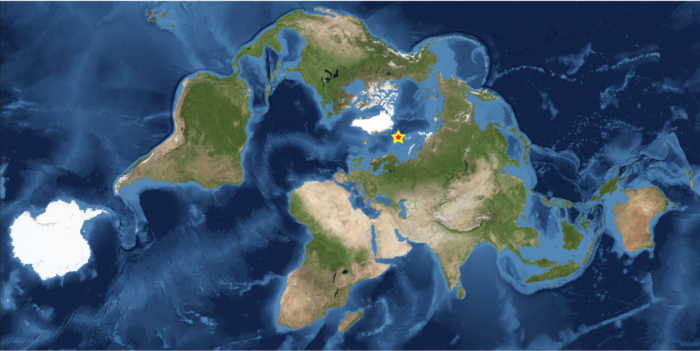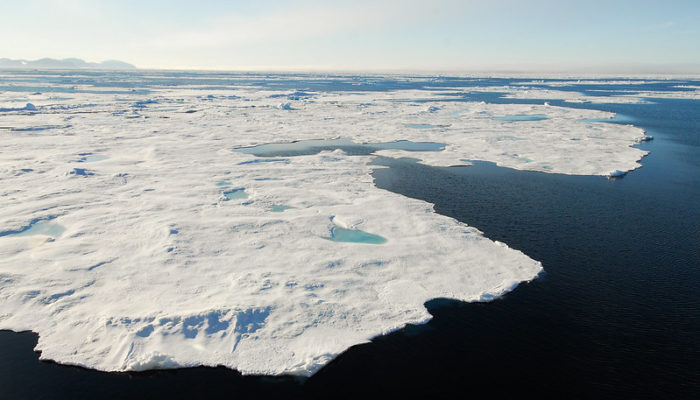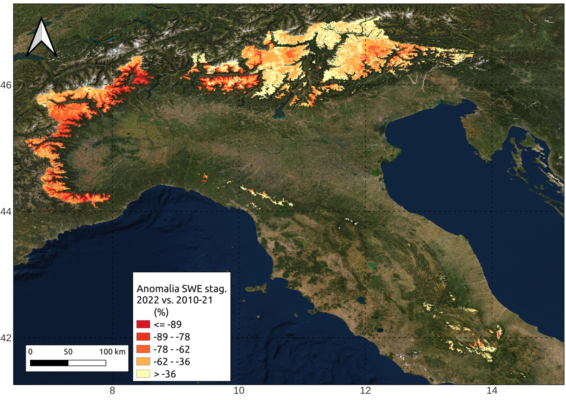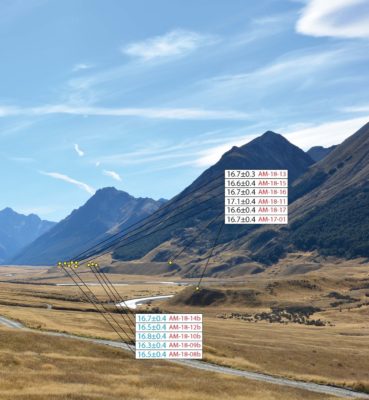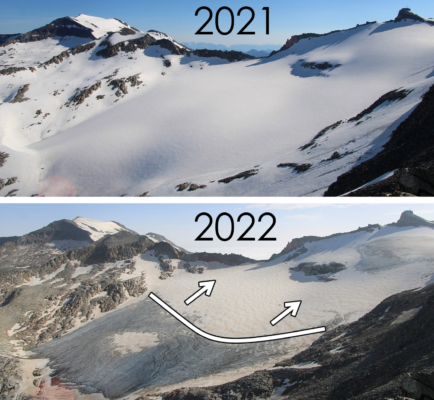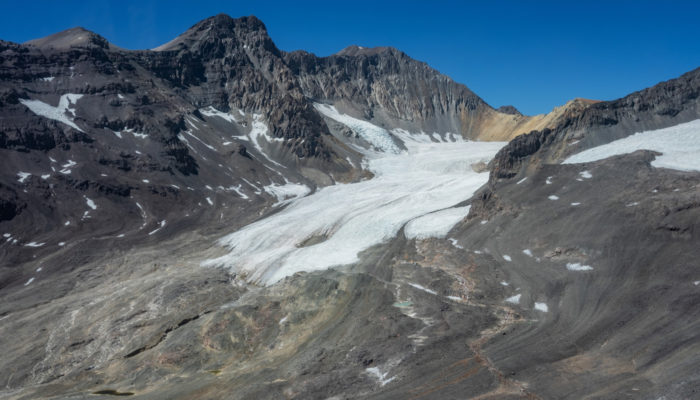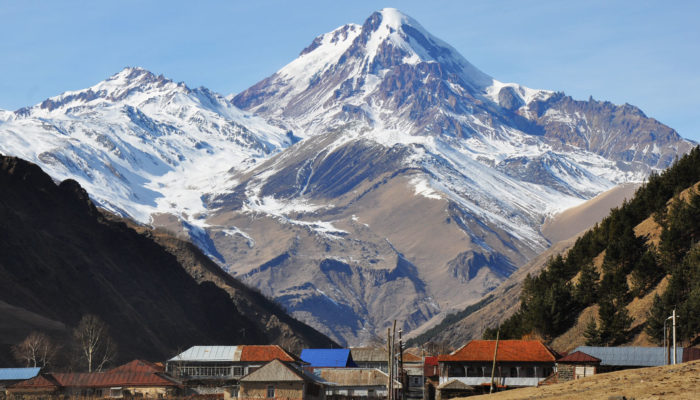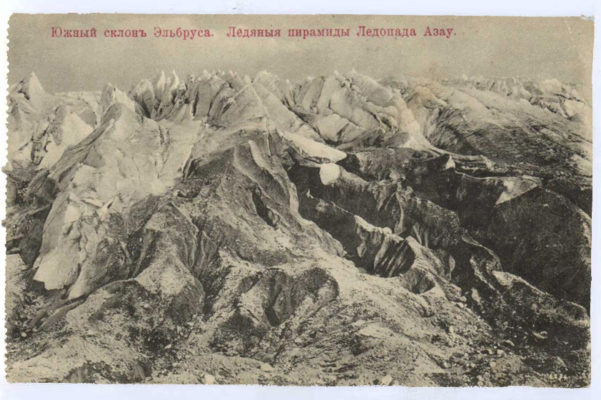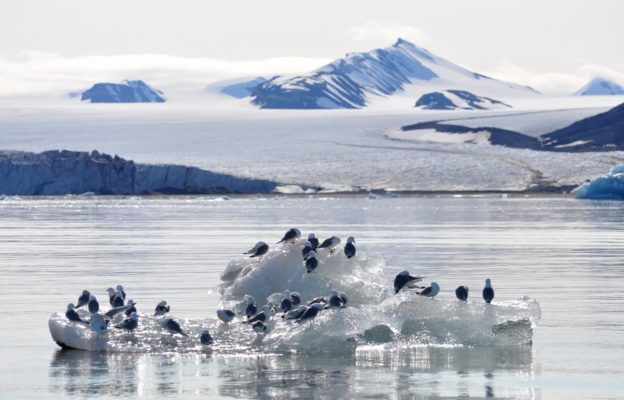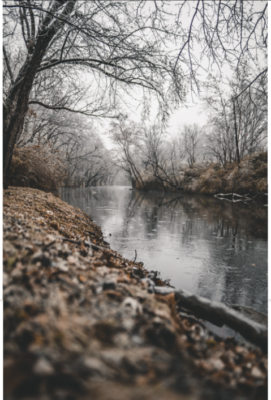Around the summer solstice of 2022, a small group of twenty young researchers met in Svalbard, a small island lost between Norway and the North Pole. The Norwegian Scientific Academy for Polar Research wanted to bring us together around the theme of “The Global Arctic“. The scope of this summer school was to “produce a better understanding of the significance of the concept of Gl ...[Read More]
The Global Arctic, a personal perspective on interdisciplinary research
